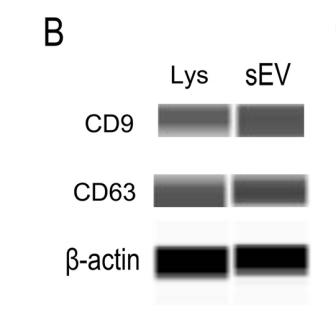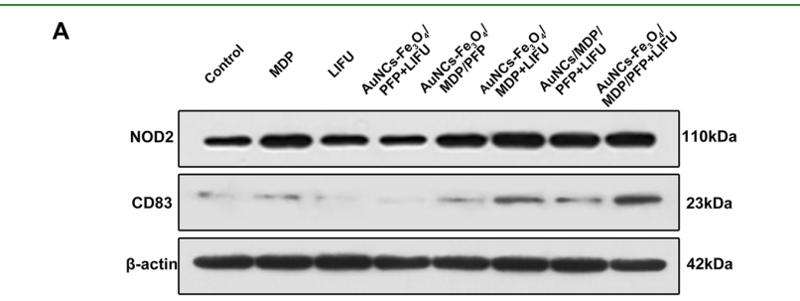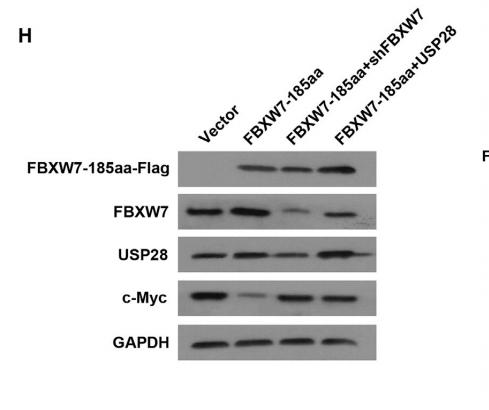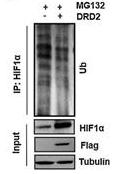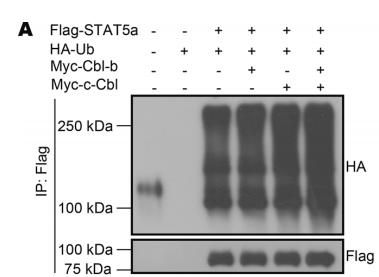Flag-Tag Antibody - #T0003
製品説明
*The optimal dilutions should be determined by the end user. For optimal experimental results, antibody reuse is not recommended.
*Tips:
WB: For western blot detection of denatured protein samples. IHC: For immunohistochemical detection of paraffin sections (IHC-p) or frozen sections (IHC-f) of tissue samples. IF/ICC: For immunofluorescence detection of cell samples. ELISA(peptide): For ELISA detection of antigenic peptide.
引用形式: Affinity Biosciences Cat# T0003, RRID:AB_2839412.
折りたたみ/展開
DDDDK epitope tag; DDDK; ddk; DYKDDDDK; DYKDDDDK epitope tag; DYKDDDDK tag; ECS epitope tag; ECS tag; Enterokinase Cleavage Site epitope tag; Enterokinase Cleavage Site tag; FLAG; FLAG tag antibody
免疫原
A synthetic peptide DYKDDDDK coupled to KLH.
参考文献
Application: WB Species: mouse Sample:
Application: WB Species: human Sample: HEK293A cells
Application: WB Species: human Sample: HEK293T cells
Application: WB Species: human Sample: BT549 cells
Restrictive clause
Affinity Biosciences tests all products strictly. Citations are provided as a resource for additional applications that have not been validated by Affinity Biosciences. Please choose the appropriate format for each application and consult Materials and Methods sections for additional details about the use of any product in these publications.
For Research Use Only.
Not for use in diagnostic or therapeutic procedures. Not for resale. Not for distribution without written consent. Affinity Biosciences will not be held responsible for patent infringement or other violations that may occur with the use of our products. Affinity Biosciences, Affinity Biosciences Logo and all other trademarks are the property of Affinity Biosciences LTD.

